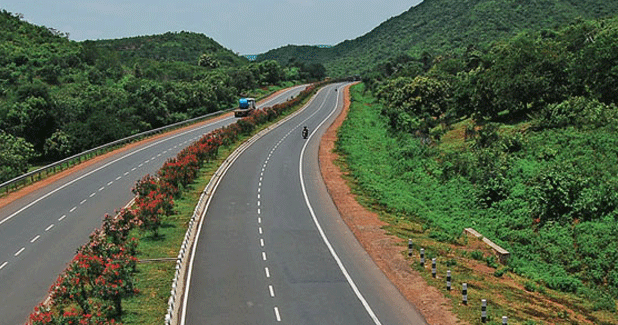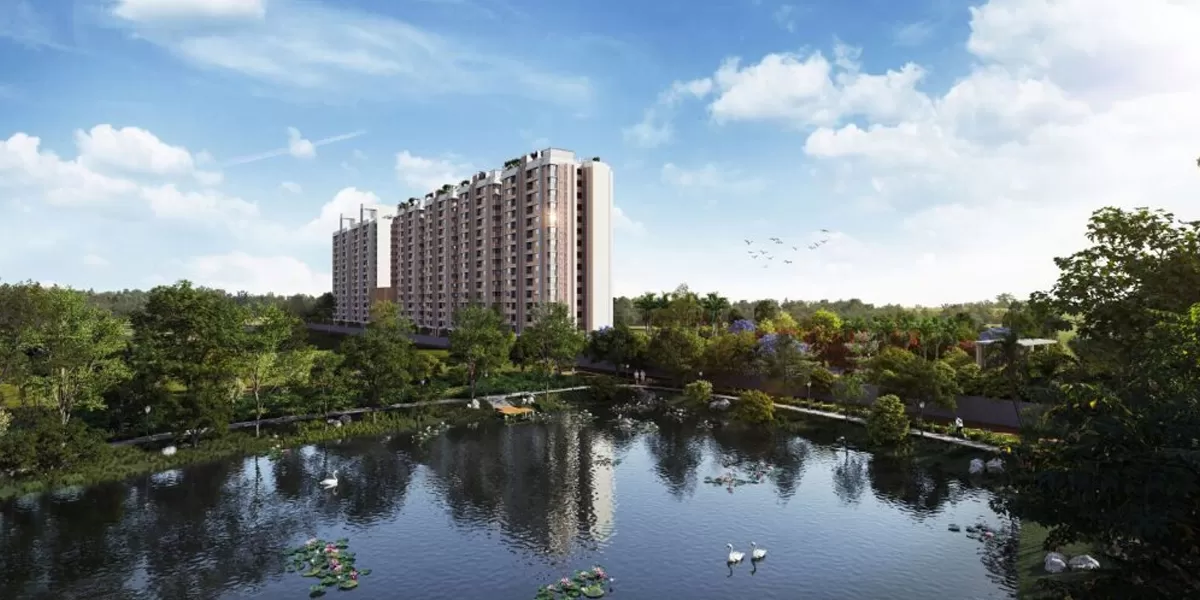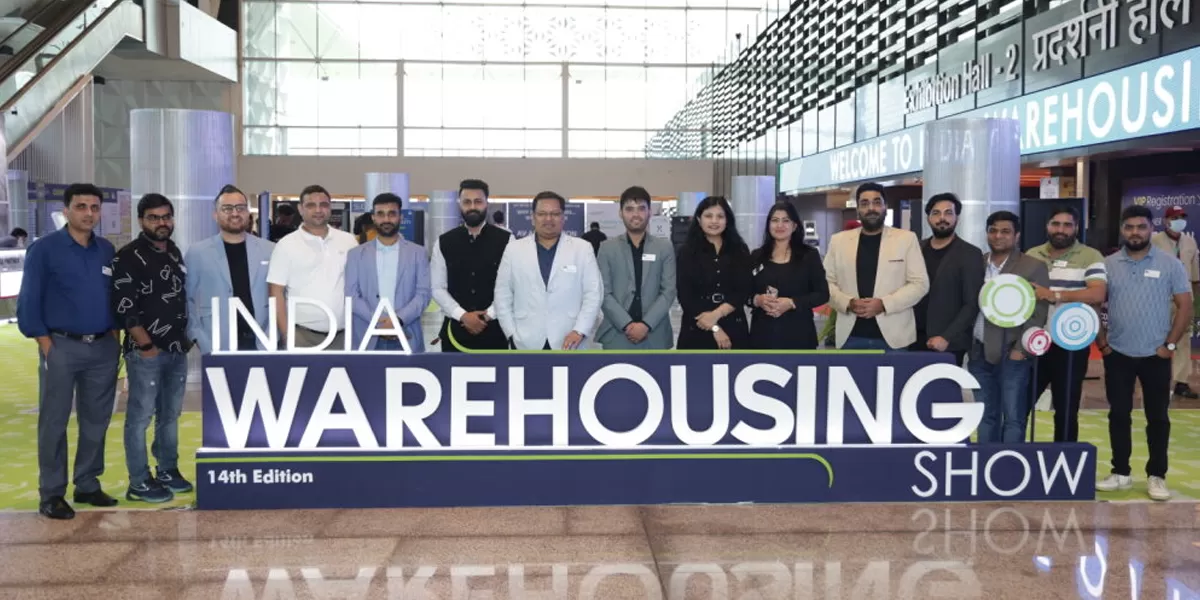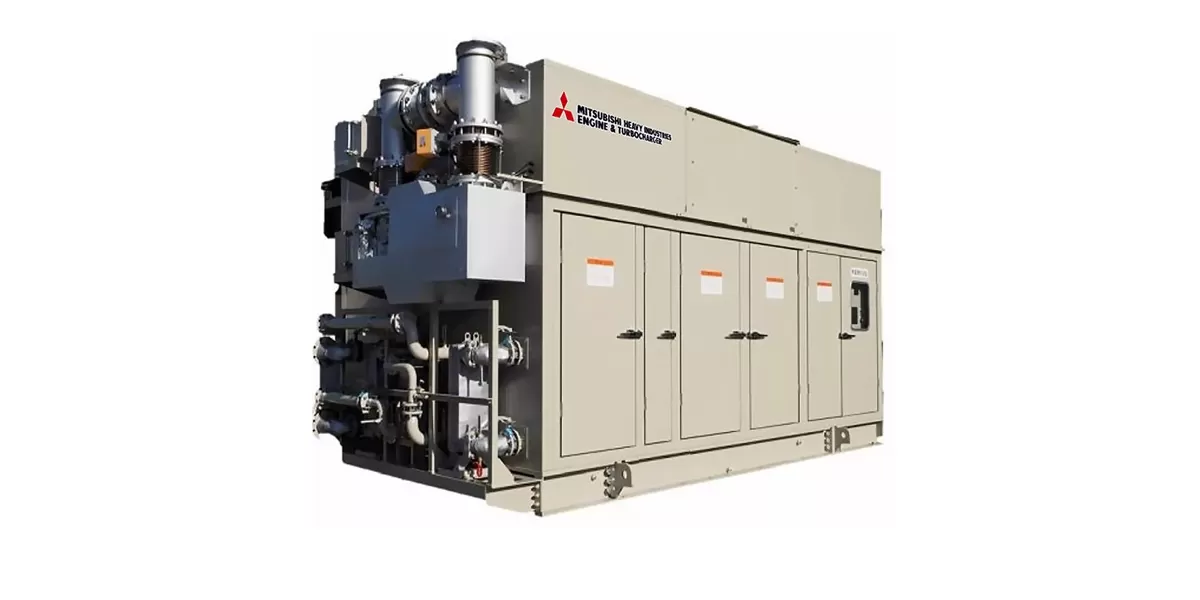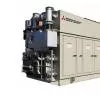Decisive steps to press the pedal on highway and road construction will create substantial opportunities.
The change of guard at the Centre bodes well for the roads and highways sector. During its last tenure, the NDA government had built close to half of India´s national highway network that has come up in the past 32 years. It added 23,814 km of National Highways during the Ninth Five-Year Plan alone. This time, the Government has set a daily road construction of 25 km a day until 2016, and 30 km a day thereafter.
Completing the National Highway Development Project (NHDP), state government projects and newly announced projects such as an 1,800-km frontier highway in Arunachal Pradesh and an industrial corridor in the state, is also expected to throw up big opportunities as decisive steps have been taken to boost highway and road development.
1. Change the mode
Today, less than half the NHDP is complete, with over 30 per cent of its total length yet to be awarded. All the NHDP phase V and VII projects (phase VI is yet to be awarded) were awarded in BOT mode compared to 12 per cent and 33 per cent in phases I and II. Correspondingly, the share of EPC projects has come down. This trend is expected to reverse in the short term. Pricier loans, lower risk appetite of developers and the banking sector, and poor growth in traffic and collections, the outcomes of a slow economy, have adversely impacted the economic viability of BOT projects.
According to M Murali, Director General, National Highways Builders Federation, ¨Projects awarded during FY13 and FY14 aggregated to 2,223 km compared to 6,419 km in FY12.
Recent weak private sector participation in BOT road projects has led the NHAI to award projects in EPC mode. This has boosted project award during the latter part of FY14.¨
To further build momentum, transport minister Nitin Gadkari has said that the government will prioritise awarding projects through the costlier (to the government) EPC route (instead of BOT) until 2016. Between now and then, the government must address weaknesses in the PPP framework: Rigid contractual arrangements, less developed models of contracting and the slow redress of disputes. Finance Minister Arun Jaitley has already proposed an institution called ´3P´ with a corpus of Rs 500 crore to fine-tune PPP models.
These are welcome moves. ¨In a scenario where developers are finding financial closure difficult, EPC would definitely be a preferred option,¨ agrees Pankaj Agarwal, President-EPC, GVK. However, he would like the scope to be defined more precisely, with room for amendment. ¨Also, the payment schedule should be more realistic to allow the contractor to execute work with reasonable working capital,¨ he adds. ¨An appropriate escalation formula would take care of the actual increase in material costs. And, compensations provided for delay in land acquisition, etc, should take into account the cost of idle resources, if any. After market liquidity improves, BOT will become the preferred mode for road and highway projects as it provides an upside in growing economies.¨
¨Projects offered on EPC would be welcome in the present scenario where banks are reluctant to take risks and the equity base of highway construction companies is eroded,¨ agrees N Seethaiah, Managing Director, Madhucon Projects Ltd. But the problems associated with the delivery of EPC projects are the same as BOT projects: Land acquisition, utility removals, resettlement and rehabilitation issues.
So, he emphasises, ¨The government must empower the project development agency to create unencumbered Right of Way (ROW) before offering projects for construction. Allowing financial institutions to take equity in BOT projects through an internal investment arm would be helpful.¨
2. Ease implementation
Bottlenecks related to land acquisition and clearances have hampered road project execution. Many projects awarded in the past couple of years are still to get underway. To motivate highway developers, the Centre has relaxed environmental clearances for border area projects.
Other initiatives include a proposal for setting up a regulator for roads, easing exit norms, delinking forest clearance from environment clearance, and rescheduling of premium. Murali expects these measures to yield results in the medium to long term.
3. Cement roads
Transport Minister Nitin Gadkari plans to build more concrete roads to widen the country´s network of durable, low-maintenance roads. It is a positive step. Nand Kumar Raghunathan, Vice President, Corporate Communications, ACC Ltd, observes, ¨Cement and concrete industries currently operate at low levels of capacity utilisation, particularly concrete plants that are running as low as 50 per cent of capacity. While increased demand from the roads sector may not be substantial, the shift in favour of cement concrete will give a fillip to sentiment apart from the reassurance that a better road-building material is being utilised.¨
In response to a ministry invitation for bids for the long-term bulk supply of cement for road construction, cement manufacturers have responded with deep discounts of 30-40 per cent on market prices. The construction cost differential between cement roads and bitumen roads varies between 10 per cent and 15 per cent. But at these prices, the differential narrows down to 2-3 per cent. The government proposes to make public these quotes and supply schedules for the benefit of private contractors. Murali welcomes this, provided price stability and consistent supply are made mandatory.
¨A cement road project cannot be converted into a bitumen road after construction has started,¨ he says. ¨There should also be a policy for compensation if suppliers backtrack.¨
Prioritising cement will turn the focus on innovative concrete products for road construction. Anil Banchhor, CEO, ACC Concrete Business, tells us about such products from ACC Concrete: ¨UTWT-24 (ultra-thin white topping) allows high traffic roads to be reopened within 24 hours of construction compared to the conventional 14-15 days of curing. It uses less concrete to achieve the same durability and strength of normal concrete roads. Jetsetcrete enables traffic to be reopened after seven days. Ecocrete is suited to coastal roads. It replaces some cement with an industrial waste of high cementitious content, thus using less cement. Permecrete is suited to metro roads, large parking lots and driveways that suffer water-logging every monsoon. It is made of large-sized aggregates and no fines so as to make the concrete pervious or porous. Water can quickly drain off the top to the lower surface and ground below. Thus it also helps replenish the groundwater table.¨
4. Ease project financing
Roads and bridges account for 16 per cent or Rs 9,200 billion of total proposed investments in infrastructure during the Twelfth Five-Year Plan.
The public sector will contribute 68 per cent or Rs 6,256 billion and private developers will contribute Rs 2,944 billion. Assuming the developer´s cost to be 25 per cent higher than estimated cost on an average, and a typical 70:30 D/E mix, Murali reckons total private investments could be Rs 3,680 billion. This will necessitate bank credit of Rs 2,576 billion and equity commitment of Rs 1,104 billion over five years. ¨If even half the target is achieved, developers will need Rs 1,288 billion of bank credit and Rs 552 billion of equity,¨ he says. It´s a tall order in the current muted bond and credit market.
Some recent proposals might improve long-term funding for road projects. The government says bank lending to the infrastructure sector will be eased by allowing them to raise long-term funds with minimum regulatory pre-emption such as from Cash Reserve Ratio, Statutory Liquidity Ratio and Priority Sector Lending. Infrastructure Investment Trusts offering tax incentives will be formulated. And, long-term project loans are proposed to be flexibly structured, known as 5/25 structure (tenor of 25 years with periodic refinancing once in five years) to ease debt repayment burden on the projects.
5. Accredit new technologies
Conserving scarce natural resources like stone aggregates and bitumen and promoting new, cost-effective, time-saving and renewable technologies and materials has become a priority for the Ministry of Road Transport and Highways. Last year, it decided that at least 10 per cent of any project cost should be spent on new technology and materials approved by the Indian Roads Congress (IRC). The Rural Development Ministry responsible for the construction of rural roads has mandated that one in every 10 km should be built using new technology.
In fact, the IRC has evolved a mechanism wherein any entrepreneur, developer or promoter can seek accreditation for new knowhow, technology, material, equipment, etc. ¨An Expert Committee examines proposals and issues the accreditation certificate, which can be used for marketing the technology and incorporating it in works,¨ explains SS Nahar, Secretary General, IRC. ¨Upon receipt of successful field reports, such new ventures are included in the relevant IRC Codes or Standards.¨ Some materials or techniques accredited for trials for two years include solar road studs, lighting for road safety, warm mix technology, eco-friendly pavement construction technology, soil stabilisers for re-engineering soil and making it suitable for pavement construction, environment-friendly cold applied retro-reflective paint for better safety, armour less elastomeric bridge expansion joint system (for bridges).
6. Promote technology adoption
Promoters of new technologies have been invited to bear its incremental cost of adoption as against conventional methods. The new technology would be introduced over small stretches of road and its performance observed over the next few years. Zydex Nanotechnology is new to India. According to Dr Ajay Ranka, CEO, Zydex Industries, ¨Zydex Nanotechnology additives reduce moisture permeability of base soil layers, thus strengthening the soil and protecting against potholes. The technology can increase the California Bearing Ratio of soil fivefold; cuts soil expansiveness by 85 per cent; enhances the chemical bonding of prime and tack coats of bitumen to aggregates, sand, clay; and eliminates undulations and cracking.¨ Waterproofing sub-base soil with Zydex Nanotechnology costs Rs 8 per sq m while soil stabilisation costs between Rs 500 and Rs 800 per cu m depending on soil quality. The technology has been used for the construction of rural roads in Gujarat and Karnataka and a BOT highway project in Rajasthan.
¨The use of nanotechnology or similar additives enhances the lifecycle of roads,¨ observes Agarwal. ¨This technology is still not extensively in use in India.¨ He also sees scope for the recycling of pavement material to reduce cost of construction and need for bitumen. ¨Using standardised precast elements for bridges would also reduce execution time and improve quality,¨ he adds.
Madhucon Projects Ltd introduced the RE wall technology for road construction, which has become an industry standard. Seethaiah lists some technologies used worldwide that could be explored: Manufacturing of recycled aggregates from industrial waste; high-strength porous concretes; sandwich layer construction in earth embankments; construction of encapsulated embankments with polypropylene material reinforced geo cells, creating composite steel bridges and flyovers, etc. Now, expect some action on the ground.
Quick Bytes
- Challenges in EPC/BOT: Land acquisition, utility removals, resettlement and rehabilitation issues.
- Centre has relaxed environmental clearances for border area projects.
- Rural Development Ministry: One in every 10 km should be built using new technology.
Cement or not?
Cement roads are more expensive than bitumen roads and take longer to build. One cannot dig trenches across cement pavements for laying utilities. Also, they mandate a noise barrier in timber, brick, steel, concrete or earth. But, M Murali, Director General, National Highways Builders Federation, believes that one should go beyond just costs as cement roads offer significant lifecycle cost advantages. ¨They are longer lasting; practically maintenance-free; more water, oil/acid spill, and weather-resistant; and have higher salvage value,¨ he reasons. ¨They are better suited for high volumes. They offer better riding quality and help save fuel. All the raw material needed for cement roads is available in India.
The lifecycle cost of bituminous roads is higher than cement roads by 5-40 per cent.¨ According to N Seethaiah, Managing Director, Madhucon Projects Ltd, ¨The continuous use of bitumen for the construction of impervious asphalt roads creates environmental sustainability problems. A solution is to use permeable concrete pavements, which facilitate the biodegradation of oils from cars and trucks, help rainwater infiltrate into soil, decrease urban heating and reduce flash flooding. Essentially, permeable concrete is devoid of fine particles and so creates 15-20 per cent voids in the structure.¨ That said, he cautions that the lifecycle performance of cement roads has not been fully tested as yet. Associated environmental risks û such as the potential leaching of contaminants from residual Portland cement binder in recycled concrete aggregate in road construction û and its potential to clog must be studied.
